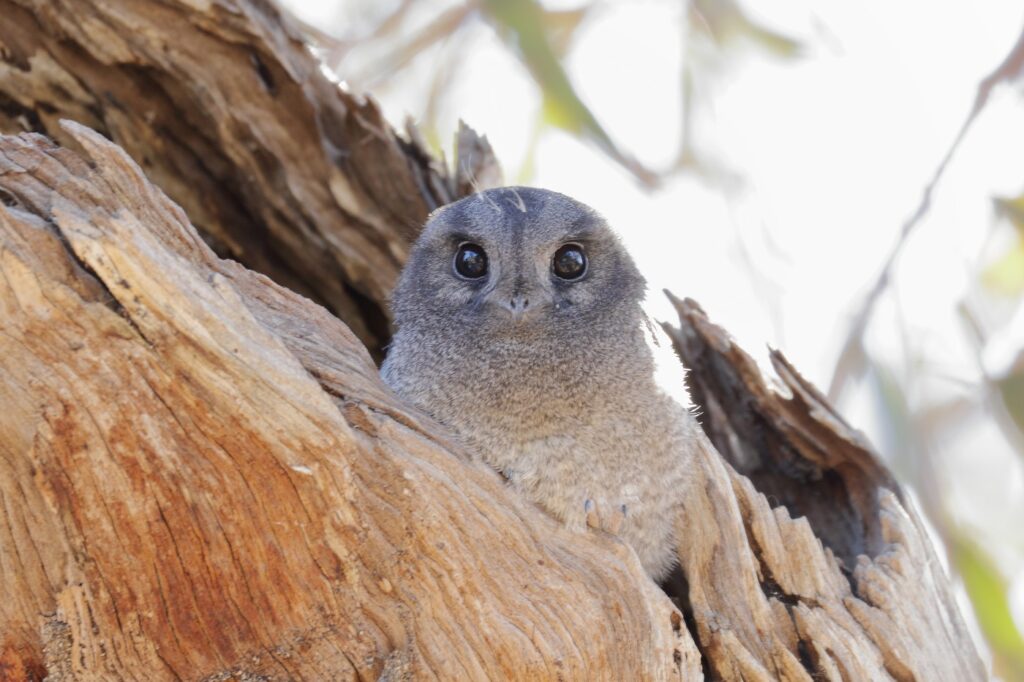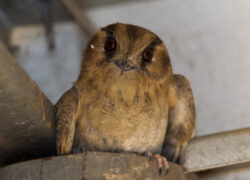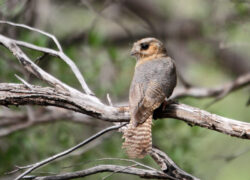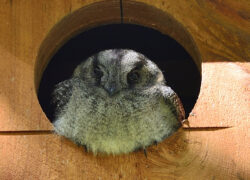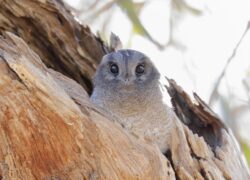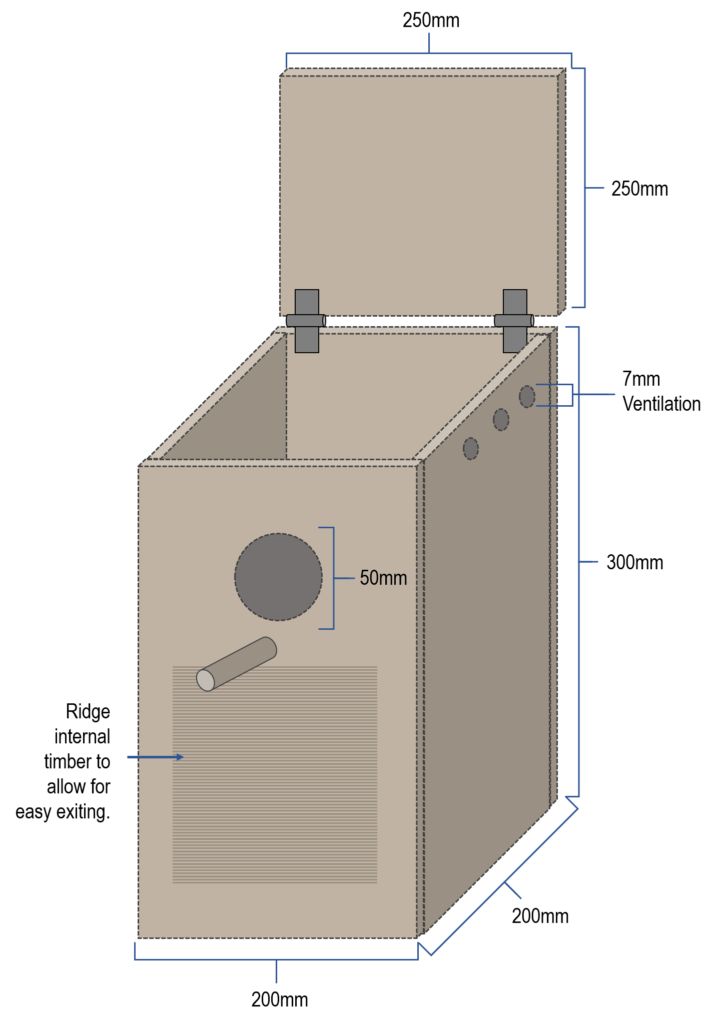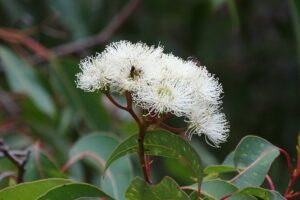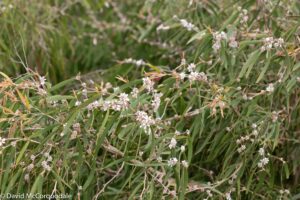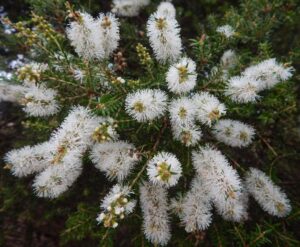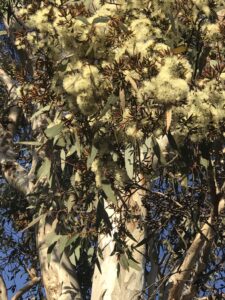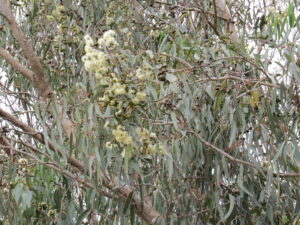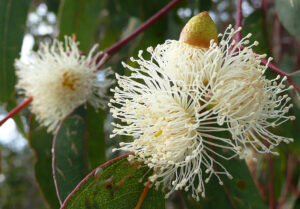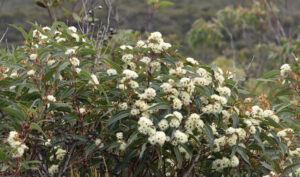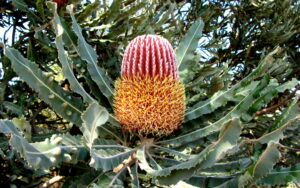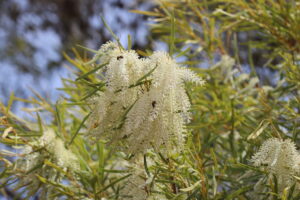Australian Owlet-nightjar
The Yaartj is Australia's smallest nocturnal bird and pair for life.
Noongar Names: Yaartj
Scientific Name: Aegotheles cristatus
Conservation Status: Least concern
Threats: Habitat loss and cat predation
Will they visit?: Australian Owlet-nightjars will visit home gardens located near parks and reserves
Natural Distribution: Common and widespread throughout the South West and Perth region
- Australian Owlet-nightjar – Trevor Wood 2010 birdlifephotography.org.au’
- Australian Owlet-nightjar – Gary King 2015 birdlifephotography.org.au
- ‘Australian Owlet-nightjar (C)Kym Rawson 2017 birdlifephotography.org.au’
- ‘Australian Owlet-nightjar (C)William Betts 2017 birdlifephotography.org.au’
Habitat at a Glance
See Habitat Guide for more detail
Shelter: Tree hollows and constructed nest boxes
Diet: Insects and small invertebrates
Water: Bird baths
ReWild Benefit: Pest control
Habitat Guide - Shelter
Habitat Guide - Food and Water
ReWild Benefits
Sacred Kingfishers help to control pest species within the ecosystem. Visit BirdLife Australia to learn more about our native birds. If you have seen one in your neighbourhood or around the home you can record your sighting on Birdata and help scientists monitor their population.

